With multiple Picasso exhibits going on this summer in San Francisco it seemed like a good time to delve into his body of work and thought process. Picasso may not be to your liking. Modern art may not be your cup of tea (it's not necessarily my favorite art genreeither.) But Picasso was undeniably a creative force to be reckoned with. His creative output covered multiple media (painting, drawing, lithography, sculpture, ceramics) and many decades. To make a living as an artist is a hard thing to do successfully and Picasso did it for most of his life. Not surprisingly, he has much insight into the creative process. Maybe his words will resonate with you in your creative endeavors be they art, graphic design or hand crafts.
"Art is the elimination of the unnecessary." This is a common revelation among masters. I once heard the advice that you should look at your design and take away the one element that you're most attached to. It's a matter of looking at your work with a level of objectivity and balance that's hard to get to without an out-of-body experience. "I am always doing that which I cannot do, in order that I may learn how to do it." Picasso dabbled in everything. He was changing his style every few years. It's easy to think of him as just the father of cubism but as you scroll further down you'll see that his work is not uniformly one thing. He was working hard to be in a constant state of discovery. Experimentation is the essence of creativity. "You have to have an idea of what you are going to do, but it should be a vague idea." Often a writer will talk about their latest novel and say that, "The story told me where it wanted to go" or that they didn't know what the end was going to be until they wrote it. True inspiration needs a seed but almost as important it needs an open mind in which to play. To decide what a thing will be too quickly can sometimes kill its magic. "Computers are useless. They can only give you answers." This was no doubt something Picasso said late in his life as computers were becoming more commonplace. They were prophetic words. The computer, when used as a tool too early in the creative process can make your vague idea concrete before it's fully baked. The medium ends up dictating the form of the final piece. Often it's better to spend time with the analog paper and pencil sketching until the right answer comes. "Bad artists copy. Good artists steal." This is a statement that's open to interpretation. The way I understand it, a bad artist will see the superficial "look" of another artist's master work and go about applying that "look" to their own work like one would apply a layer of makeup. A good artist, on the other hand, will look at a master work and have the insight to understand the idea behind the aesthetics. So they end up stealing the seed instead of the final form. Taking a brilliant seed of an idea and making it your own can be a great place to start when you're creatively blocked. "It took me four years to paint like Raphael, but a lifetime to paint like a child." You may think that your child could paint better than Picasso painted. That is, in fact, what Picasso was going for. There is no artifice, or ulterior motive in a child's drawing. They create instinctively. There's no torture about what the subject matter will be or what's the best composition. A child simply creates whatever their whim tells them to create.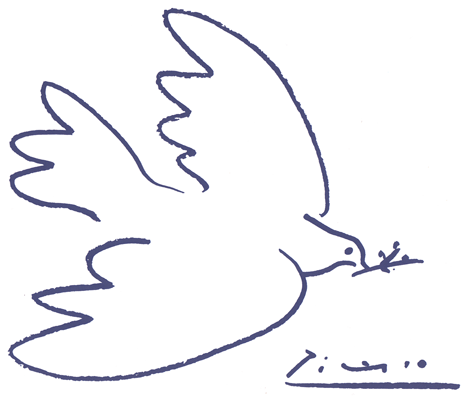 "Success is dangerous. One begins to copy oneself, and to copy oneself is more dangerous than to copy others. It leads to sterility." Heed this warning. Failing to evolve as a creative person is dangerous for the soul. Do something out of your comfort zone. It's the same problem as designers looking for inspiration from other designers. It's important to look outside of your discipline. Find inspiration in nature, or music, or science. Chaos theory and silent films might open up some new paths for your creativity. Cubism itself was at least partly inspired by African ritual masks.
"Success is dangerous. One begins to copy oneself, and to copy oneself is more dangerous than to copy others. It leads to sterility." Heed this warning. Failing to evolve as a creative person is dangerous for the soul. Do something out of your comfort zone. It's the same problem as designers looking for inspiration from other designers. It's important to look outside of your discipline. Find inspiration in nature, or music, or science. Chaos theory and silent films might open up some new paths for your creativity. Cubism itself was at least partly inspired by African ritual masks.

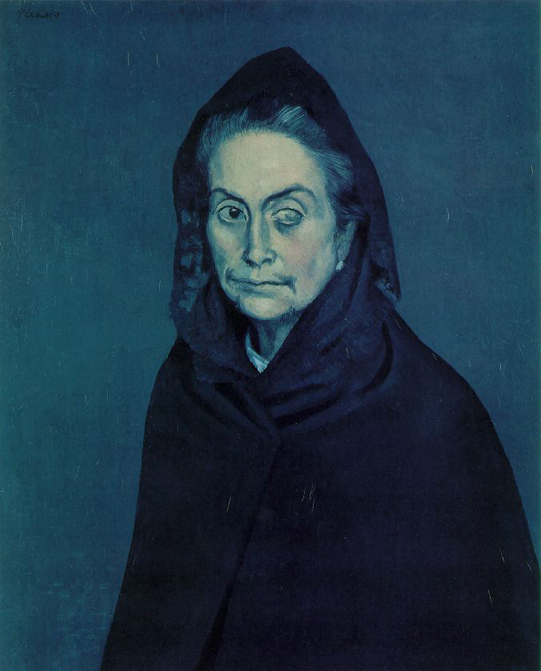
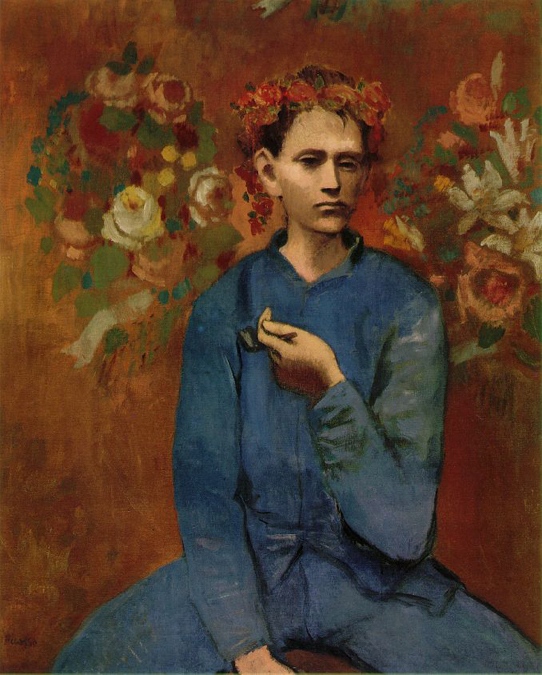
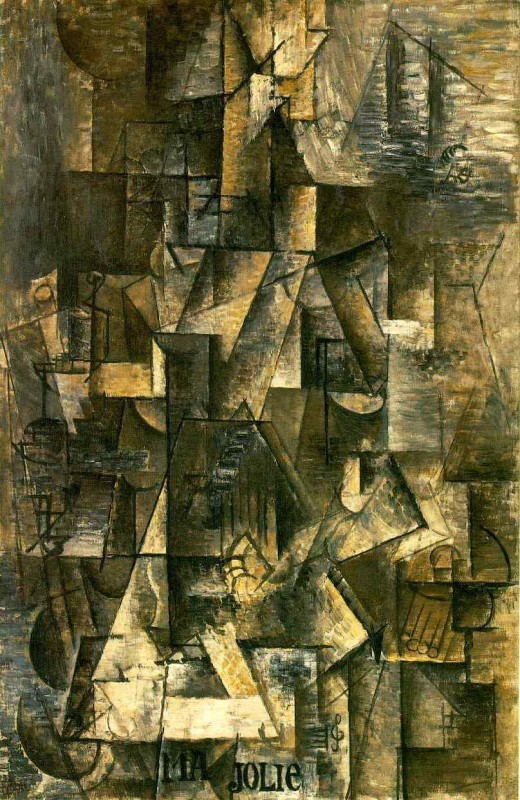
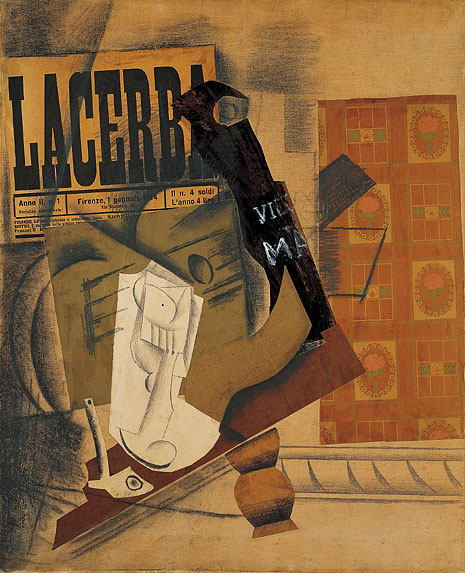
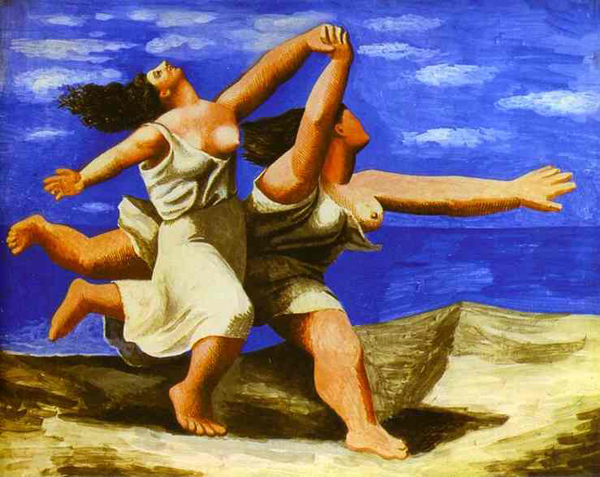
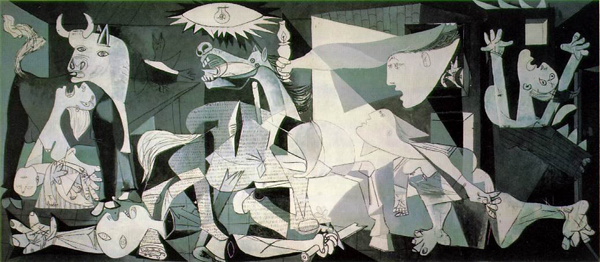
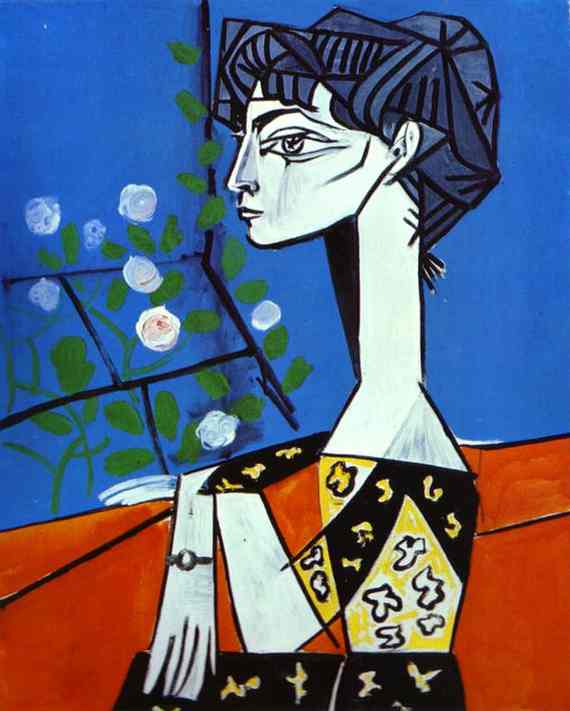








No comments yet.